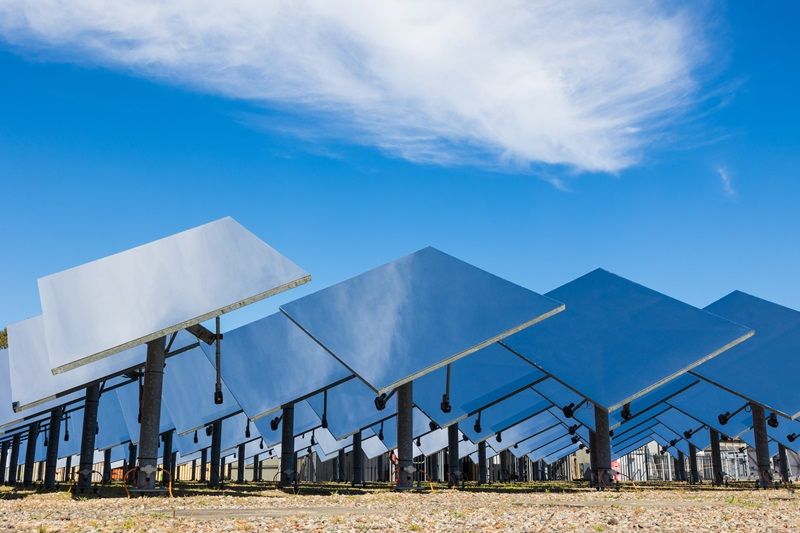In Australia, mirrors are being used to generate solar power

Scientists at the University of Sydney, Australia have made a major breakthrough in the field of renewable energy, using mirrors to generate solar power.
The researchers have developed a new type of mirror that is more efficient at reflecting light than conventional mirrors, allowing it to generate more electricity from the same amount of sunlight.
The mirrors are coated with a special material that reflects light at a wider range of wavelengths, making them more effective at capturing the sun's energy. This new technology could revolutionize the way we generate solar power, making it more efficient and cost-effective.
Solar collectors, a key component of concentrated solar thermal (CST) technology, use mirrors or lenses to focus sunlight onto a narrow region called the receiver. The concentrated light then heats up the receiver, which in turn generates heat or electricity.
The process is relatively simple in theory, but it can be difficult to execute effectively in practice. The mirrors must be precisely aligned to maximize the amount of sunlight they capture, and the receiver must be able to handle the intense heat without breaking down.
The mirror-based solar power technology developed by the University of Sydney is part of the concentrated solar power (CSP) category of renewable energy technologies.
The CSP sector faces competition from other forms of renewable energy such as photovoltaic (PV) solar panels, wind power, and hydropower. Each of these technologies has its own advantages and disadvantages, and it is not clear which one will ultimately dominate the renewable energy market.
Despite Australia’s abundant solar energy resources, much of its electricity grid (about 67 per cent) is still powered by fossil fuels, so the technology could play a key role in reducing industrial emissions, which currently account for 20 per cent of Australia's energy use, according to CSIRO.